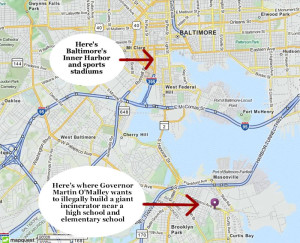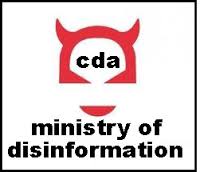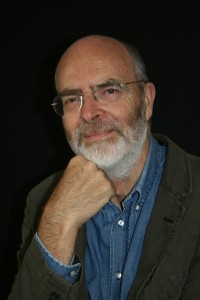
Baltimore's poorer neighborhoods have been dealing with Martin O'Malley for years and years, as I can recall from when I worked in ACORN's national office and heard all about the trouble this man was from our Maryland chapter. O'Malley, once mayor of Baltimore and now governor of Maryland, may run for president of the United States on a what's-left-of-the-left-wing-
One of many angles worth observing about O'Malley is his position toward the natural environment. He's been pushing for fracking and for a coal terminal on the Chesapeake Bay at Cove Point (Obama just approved it!). My friend and Baltimorean Diane Wittner says she thinks O'Malley is after campaign money “at the expense of a livable bioregion.”

One of O'Malley's destructive proposals is of particular interest because of the resistance to it organized by young people. O'Malley wants to stick a giant incinerator into a poor neighborhood in Baltimore. This monstrosity, called the Energy Answers Incinerator, would be the largest trash-burning incinerator in the nation, consuming 4,000 tons of trash a day including plastic, rubber, vinyl, metal, and household waste. In violation of state law this worse-than-a-major-coal-plant pollution machine would be situated less than a mile from Benjamin Franklin High School and Curtis Bay Elementary School. The incinerator would flood the air with mercury, nitric oxide, lead, dioxins, and particulate matter, producing cancer, heart disease, diabetes, asthma, respiratory problems, and — if all the stars align — just possibly a single uncomfortable question in a presidential “debate.”
The neighborhood to be victimized, Curtis Bay, already has the highest toxic air pollution in Maryland and among the worst in the nation. Here's a map I've just made because I think people who visit Baltimore's tourist area would appreciate knowing how close this less favored area is:

Now check out this great website where I've learned about this outrage:
“For the health of our community and our children we are calling on Governor Martin O’Malley to stop the proposed trash burning incinerator from being built in Curtis Bay. If built the Energy Answers Incinerator would be the largest of its kind in the nation, producing more pollutants per hour of energy produced than the largest coal plants in Maryland. Worse still, the project is set to be built less than a mile from Benjamin Franklin High School and Curtis Bay Elementary School, in violation of Maryland state regulations. It is this kind of recklessness that has led Baltimore to be ranked number one in air pollution related deaths per capita.
“Energy Answers was required to begin construction in August. While the Maryland Department of Environment investigates if they failed to do so, we are calling on Governor O’Malley to intervene and protect our children’s health and the health of our community.
“Please contact Governor O’Malley if you want to stop the nations’ largest incinerator from being built less than a mile from schools. Let him know that our community is not a dumping ground. Let him know that the Energy Answers incinerator needs to be STOPPED.”
Governor’s office phone #
410.974.3901 /
1.800.811.8336
Governor O’Malley’s contact page: http://www.governor.maryland.gov/mail/
Watch this terrific video:



